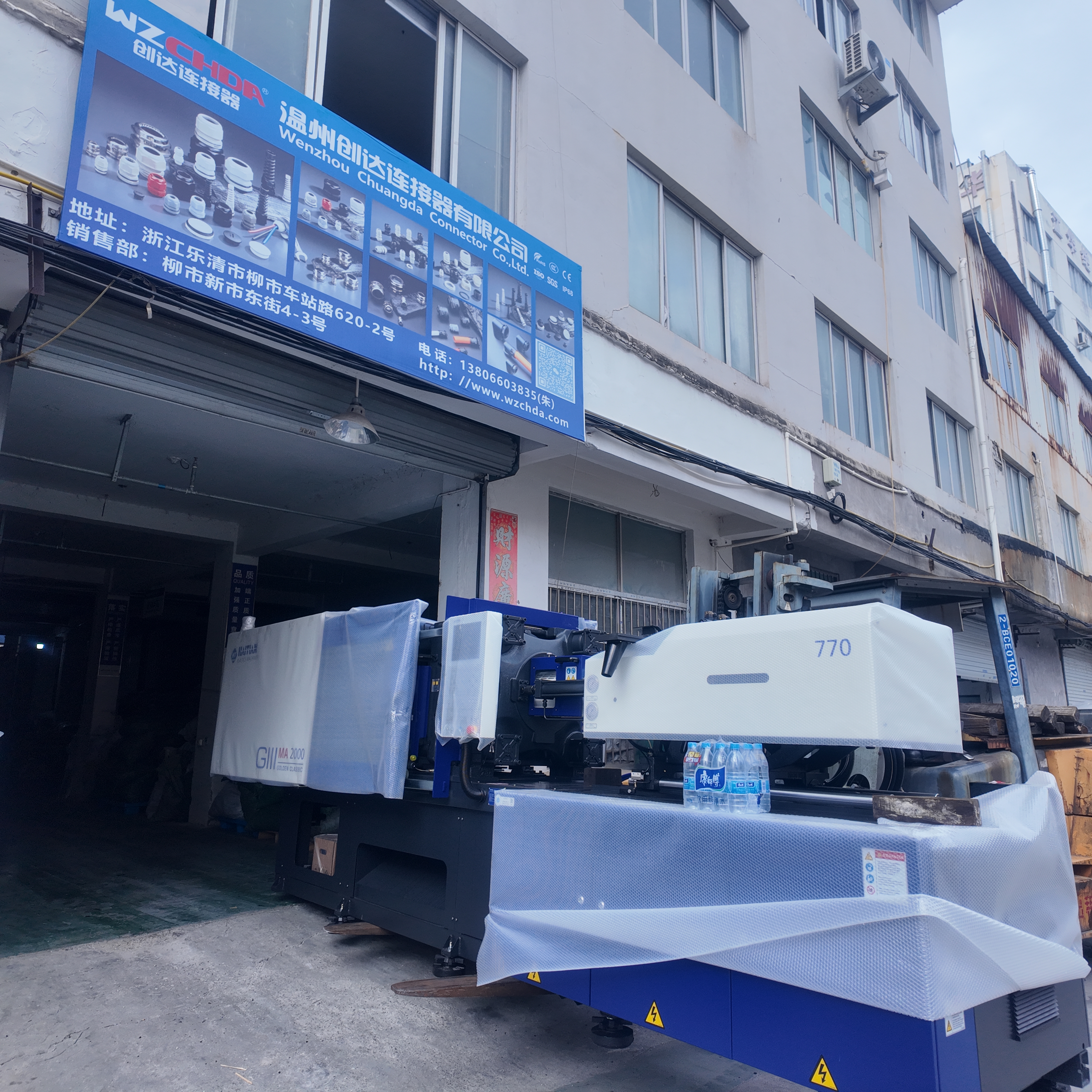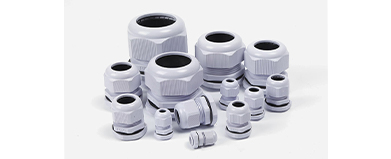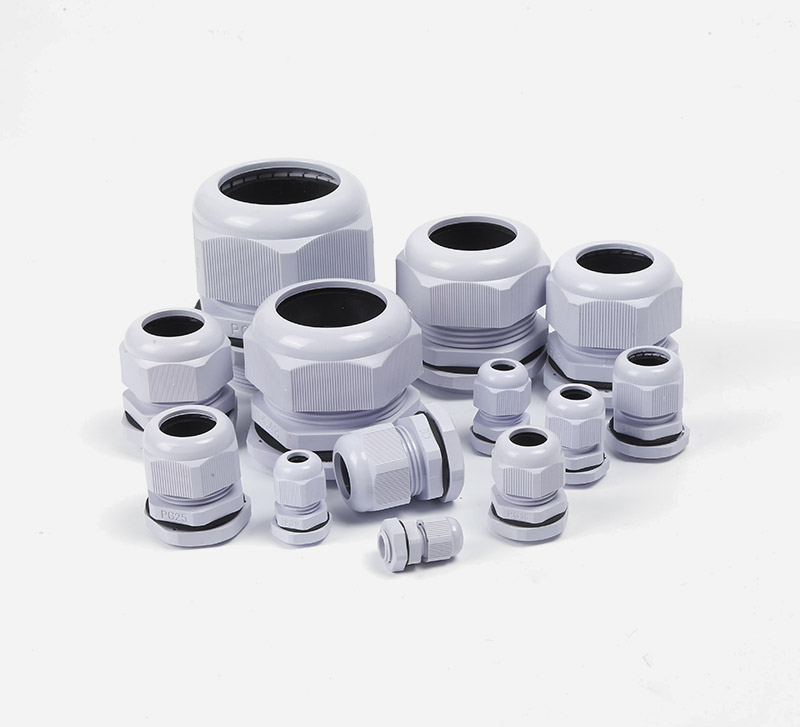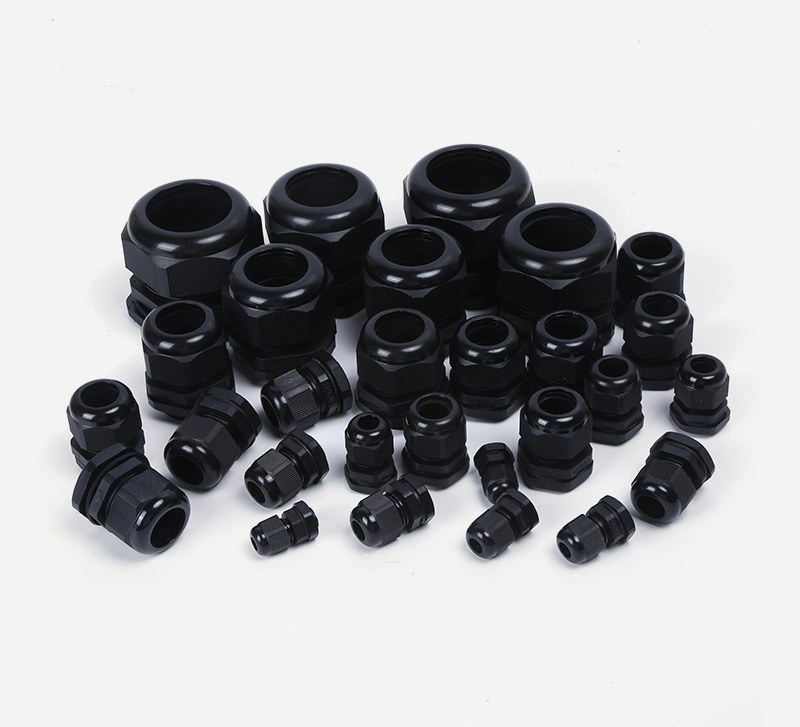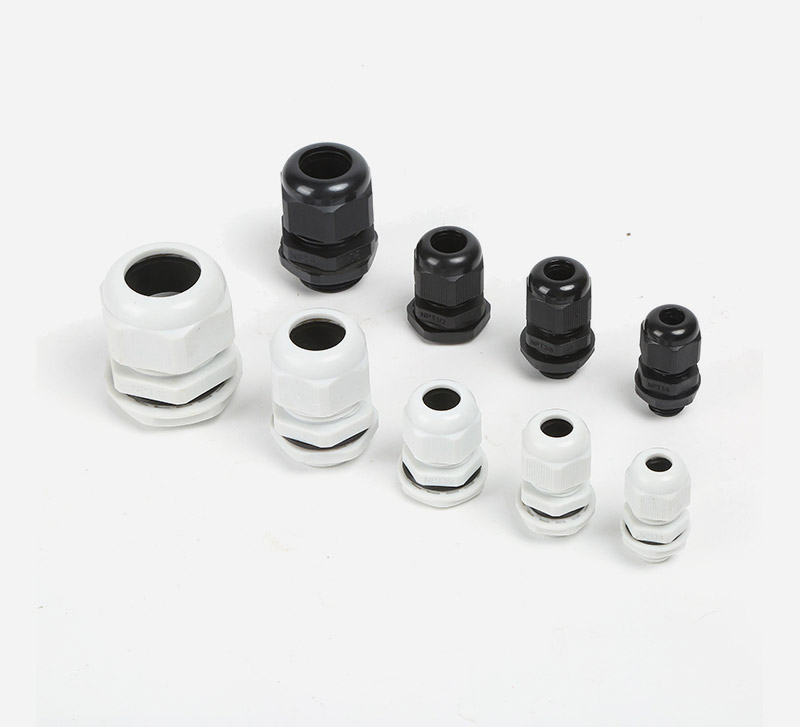What is Nylon Cable Glands?
Nylon cable glands are mechanical devices designed to secure and seal electrical cables where they enter enclosures, equipment, or junction boxes. Made primarily from polyamide (nylon) — often reinforced for durability — they perform three key roles:
• Strain relief: Prevent cable damage from tension or vibration.
• Environmental sealing: Block dust, water, and chemicals.
• Electrical insulation: Reduce short-circuit risks.
Typical components include a threaded body, compression ring, and rubber/silicone seal. Their adjustable design accommodates various cable diameters, while nylon’s properties (corrosion resistance, lightweight, high dielectric strength) make them ideal for diverse settings. They operate reliably in temperatures ranging from -40°C to 100°C (depending on grade), outperforming metal glands in rust-prone or conductive environments.
Key Applications: Industries & Use Cases
Nylon cable glands excel across sectors due to their versatility:
• Industrial Automation: Secure cables in control panels and machinery. IP68-rated models (dust-tight, water-resistant to 10m) thrive in factory washdown environments.
• Building Infrastructure: Simplifies electrical wiring in commercial buildings and enables safer drywall/ceiling installations using non-conductive properties.
• Marine/Offshore: Resist saltwater corrosion, critical for shipboard and coastal equipment.
• Renewable Energy: UV-stable designs endure outdoor exposure in solar panels and wind turbines.
Note: Match thread sizes (e.g., M-series, PG-series) to enclosures and ensure compatibility with cable types (armored, unarmored, braided).
Installation & Maintenance Tips
Installation:
Hand-tighten the gland, then add a quarter-turn with a wrench to avoid over-tightening (which can deform nylon or damage seals) or under-tightening (compromising seals).
Maintenance:
• Inspect periodically in harsh environments for wear (cracks, hardened seals, loose threads).
• Replace worn glands with certified models (e.g., IEC 60423 for general use, ATEX for explosive areas) to maintain safety compliance.
Summary
Nylon cable glands balance functionality, cost, and durability, making them essential for reliable, safe cable installations in industrial, commercial, and outdoor settings. Proper selection and upkeep directly impact system longevity.


